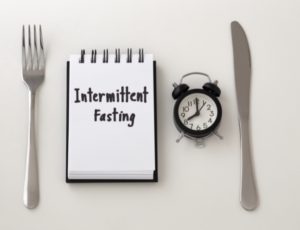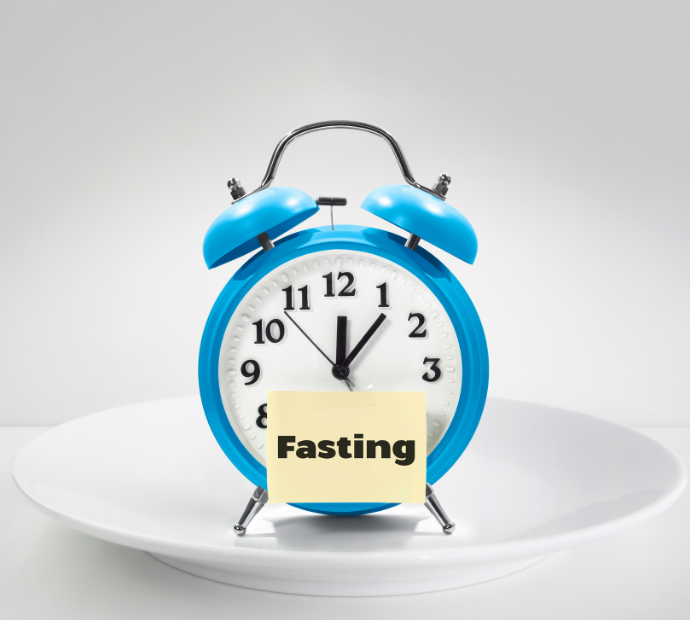What is Fasting
Fasting is the practice of abstaining from food and drinks, or consuming only very limited amounts of food, for a certain period of time. Fasting is a common cultural, spiritual, and religious tradition, and is also used for medical purposes in some cases.
In terms of health and wellness, fasting has been used for weight loss and to improve overall health. Some evidence suggests that it may help regulate energy balance, improve insulin sensitivity, reduce oxidative stress and inflammation, and even extend lifespan.
There are many different forms of fasting, ranging from intermittent fasting, where food is consumed in a restricted time window, to prolonged fasting, where food is completely abstained from for several days. It is important to note that fasting should be done in moderation and that it may not be safe or appropriate for everyone, for example:
- Pregnant and breastfeeding women have increased nutritional needs and fasting can lead to decreased milk production and negatively impact the health of the mother and baby.
-
Children and adolescents: Children and adolescents are still growing and developing and fasting can negatively impact their growth and development.
- Eating disorders: Fasting is often associated with restrictive eating patterns, and for individuals with an eating disorder, it can exacerbate disordered eating behaviours and thoughts about food and weight. Abstaining from fasting, focusing on recovery, and developing a healthy relationship with food and your body is important for long-term health and well-being.

Popular types of Fasting
Intermittent fasting is one of the most popular forms of fasting and below are just some of the protocols:
-
16/8 Method: This involves fasting for 16 hours and eating within an 8-hour window, typically from noon to 8 pm.
-
5:2 Diet: This involves eating normally for five days a week and restricting calorie intake to 500-600 calories on the other two days. The two days of restricted calorie intake can be consecutive or non-consecutive.
-
Alternate-Day Fasting: This involves alternating between a day of normal calorie intake and a day of reduced calorie intake or fasting.
-
The 20/4 Method: This involves fasting for 20 hours and eating within a 4-hour window, typically in the late afternoon or evening.
-
Eat-Stop-Eat: This involves fasting for 24 hours, once or twice a week. For example, skipping dinner one day and not eating until dinner the next day.

Prolonged fasting, on the other hand, involves abstaining from food for longer, typically for more than 24 hours. Prolonged fasting can have health benefits, such as improved insulin sensitivity, reduced oxidative stress and inflammation, and increased autophagy, a cellular cleanup process that can help slow the aging process. This type of fasting can last for several days to several weeks and has a recorded history of being used for religious or spiritual purposes, such as during Ramadan or Yom Kippur
It’s important to note that there is no one-size-fits-all approach to fasting and different methods may work better for different individuals. Intermittent fasting is more widely practised these days and is considered to be a safe and effective way to regulate energy balance and improve health when done in moderation.
It is also important to remember that prolonged fasting should be a tool and not a long-term dietary strategy. If you wish to explore a more extended fast for example over 5 days you should consult your doctor, dietitian or health coach who can help determine if it is safe and appropriate for you, and can provide guidance on how to safely break the fast and resume eating, as well as advice on how to incorporate a balanced and nutritious diet into your eating patterns. A balanced and nutritious diet that meets your energy and nutrient needs and regular physical activity is key to maintaining overall health and well-being.
Stay safe and Fast responsibly
